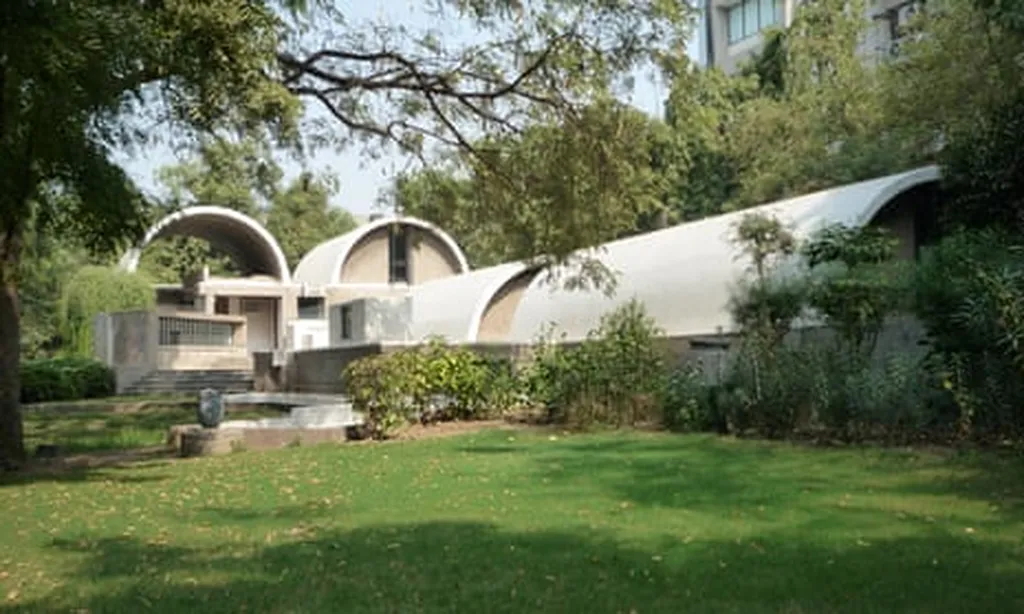In the pursuit of sustainable construction, researchers are continually seeking innovative ways to enhance the performance of recycled materials. A recent study published in the journal *Frontiers in Materials* (translated from English as “Frontiers in Materials”) offers promising insights into improving the thermal resistance of recycled aggregate concrete (RAC), a critical factor for its application in high-temperature environments such as energy sector infrastructure.
Led by Muhammad Saqib Khan from the National University of Sciences and Technology (NUST) in Risalpur, Pakistan, the research explores the use of supplementary cementitious materials (SCMs) to bolster the performance of RAC under elevated temperatures. The study focuses on three concrete mixes containing varying percentages of recycled aggregates (0%, 25%, and 50%) and evaluates the impact of incorporating silica fume (SF) and fly ash (FA) on their residual compressive and tensile strengths.
The team subjected the concrete mixes to temperatures up to 600°C, mimicking extreme conditions that might be encountered in industrial settings or fire-prone areas. “The inclusion of SCMs not only improved the tensile strength of RAC by up to 12% but also helped retain its strength at elevated temperatures,” Khan explains. “This is a significant step forward in making recycled aggregate concrete a viable option for more demanding applications.”
The researchers employed Response Surface Methodology (RSM) for experimental design and optimization, a statistical approach that allows for the systematic study of multiple variables and their interactions. Analysis of variance (ANOVA) confirmed the statistical significance of key influencing factors, including temperature and SCM content. While some reduction in compressive strength was observed due to thermal stress, the overall performance of the SCM-modified RAC, particularly the mix containing 25% recycled aggregates, showed a balanced and promising profile.
The implications of this research are substantial for the energy sector, where the durability and fire resistance of construction materials are paramount. “By optimizing the use of recycled aggregates and SCMs, we can develop more sustainable and cost-effective concrete materials that meet the stringent requirements of high-temperature environments,” Khan notes. This could lead to significant reductions in material costs and environmental impact, as well as enhanced safety and performance in critical infrastructure.
The study highlights the potential of combining SCMs with RSM-based optimization to enhance the fire resistance of RAC. As the construction industry continues to prioritize sustainability, these findings could pave the way for more widespread adoption of recycled materials in high-performance applications. By pushing the boundaries of what recycled aggregate concrete can achieve, this research not only supports the advancement of sustainable construction practices but also opens new avenues for innovation in the energy sector.
As the world grapples with the challenges of climate change and resource depletion, the quest for durable, eco-efficient materials has never been more urgent. This study, published in *Frontiers in Materials*, offers a glimpse into a future where recycled aggregates and supplementary cementitious materials play a central role in building a more resilient and sustainable world.

